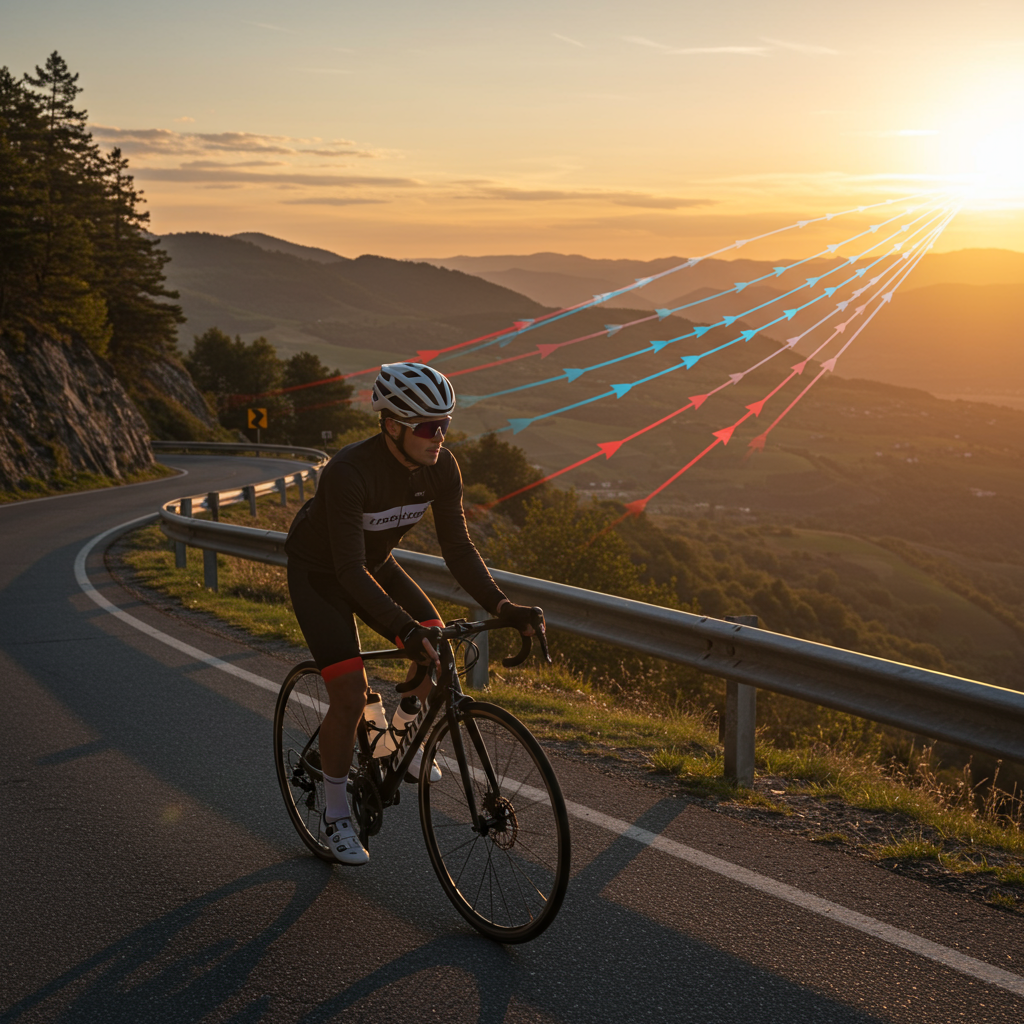Cycling enthusiasts know the silent struggle against an unseen force: the wind. A recent bike ride highlighted just how much wind can impact performance. This led to the development of a tool that visualizes wind conditions along a cycling route, offering a new perspective on those challenging rides.
This new tool combines data from GPX files, which track location and time, with historical weather information. The result? A clear visualization of how wind speed and direction changed throughout a ride. This helps cyclists understand how wind affected their performance and plan future rides more strategically.
How Wind Affects Cycling Performance
Wind resistance is a major factor in cycling. Even a slight headwind can significantly increase the effort required to maintain speed. A tailwind, conversely, can make a ride feel effortless. This tool helps quantify that impact.
Understanding the Tool
The tool works by taking a GPX file from a cycling computer or app. This file contains time-stamped location data. The tool then retrieves historical wind data for the corresponding time and location. By combining these data sets, it generates a visual representation of the wind conditions experienced throughout the ride.
Using the Visualization
The visualization displays the cycling route on a map. Wind conditions are overlaid on the map, showing the direction and intensity of the wind at different points along the route. This allows cyclists to see exactly where they faced headwinds, tailwinds, or crosswinds.
Imagine finishing a tough ride and wondering why it felt so hard. With this tool, you can see exactly how much of a headwind you battled. Perhaps that challenging climb was made even harder by a sudden gust. Or maybe that fast descent was aided by a strong tailwind.
Practical Applications
- Analyzing Past Rides: Understand the impact of wind on past performance.
- Planning Future Rides: Check wind forecasts and choose routes that minimize headwinds or maximize tailwinds.
- Training Insights: Use wind data to analyze training efforts and identify areas for improvement.
Future Development
Future development could include incorporating real-time wind data, allowing cyclists to see current conditions while planning a ride. Integrating with popular cycling platforms could also streamline the process of uploading GPX files and accessing visualizations. Further enhancements could include features to help cyclists plan routes that take advantage of favorable wind conditions






